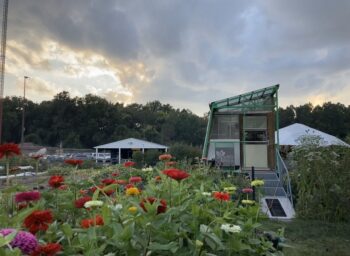Tucked away on the edge of campus, over a bridge and beside the athletic fields, lies The Farm at Butler, a gem within Butler University in Indianapolis, IN. Just shy of one acre, this agricultural oasis is a clear example of how urban farming can transform previously dormant land into a thriving ecosystem and classroom.
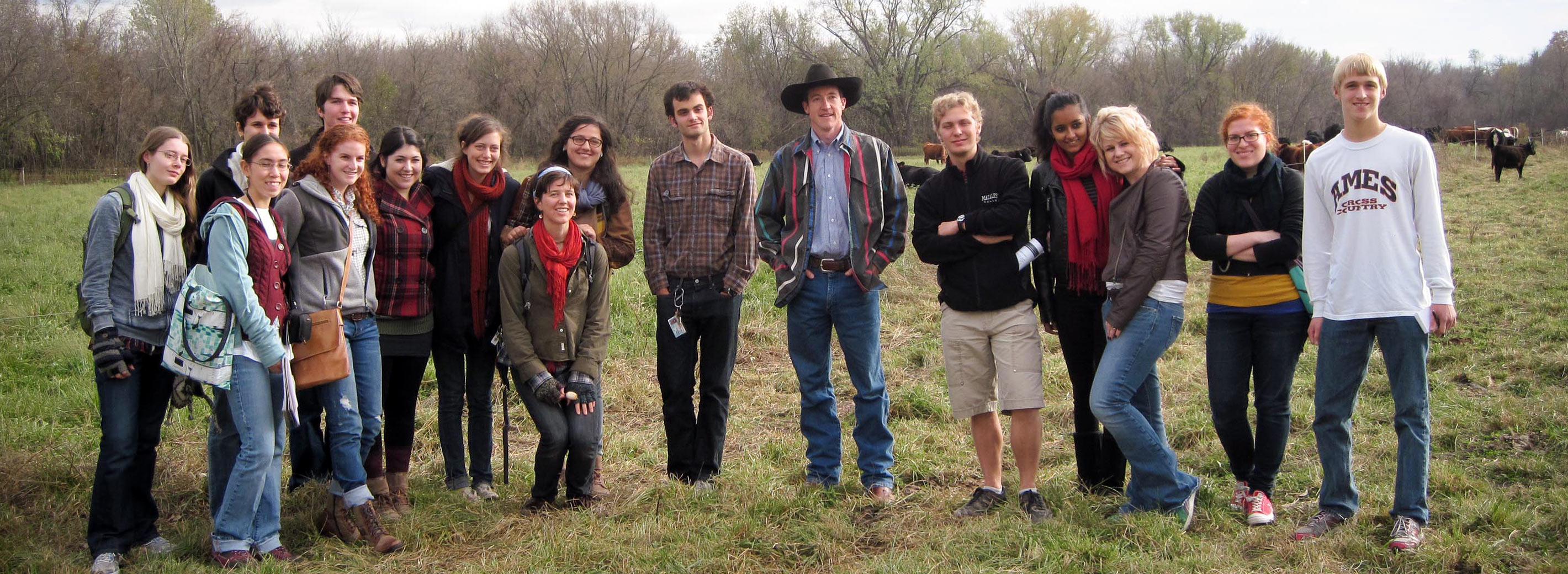
The Bon Appétit Blog
+ Blog Categories
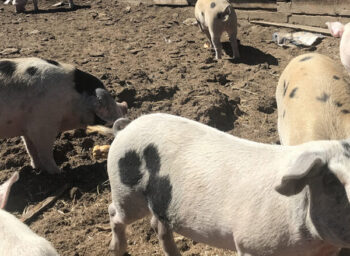
California’s Proposition 12 Fully Implemented (finally)!
- Blog
There’s reason to celebrate in California this week – Proposition 12, which voters in the state overwhelmingly supported on the ballot in 2018, is fully implemented as of January 1, 2024.
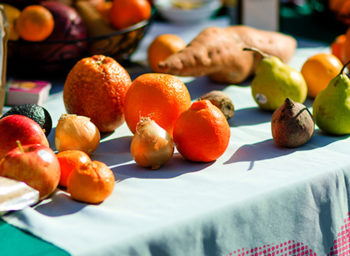
The Biden-Harris Administration’s Plan to Fight Food Waste
- Blog
At Bon Appétit Management Company, we’ve been looking at food loss and food waste prevention as critical levers in combatting the climate crisis since 2007. So we were pleased to see the Biden-Harris Draft National Strategy for Reducing Food Loss and Waste and Recycling Organics, as recently published in a joint effort via the USDA, EPA, and FDA and released at COP28 in December.

Our Chefs Get Festive for the Holidays!
- Blog
We always love to see what our talented culinary teams are turning out year-round, but there’s something especially delightful about seeing our chefs infuse winter holiday classics with their own twists.
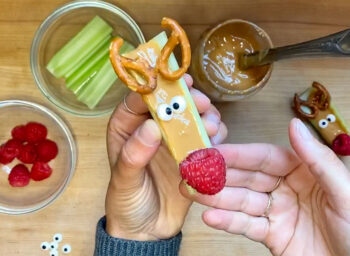
Healthy Kids-Inspired Winter Reindeer Snacks
- Blog
Take a break from gingerbread making and cookie decorating to try this healthy holiday snack that’s almost too cute to eat!
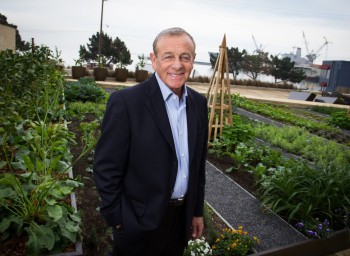
A Note of Gratitude from Fedele Bauccio
- Blog
Dear Bon Appétit community,
As we close 2023, I want to share a note of gratitude to the many people who have contributed to Bon Appétit Management Company’s success this year. Our clients and employees, our suppliers, guests, and partners — all have contributed ideas, shared feedback, and inspired collaborations that have made 2023 so exciting and energizing.
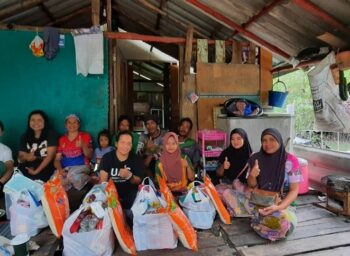
A Holiday Gift to Benefit Seafood Workers Globally
We support humane treatment for all workers, which is why we gave a gift this year in our clients’ names to the Labour Protection Network (LPN), a non-profit organization dedicated to promoting and protecting the rights of workers in various industries, including the fishing industry.

Congrats to the 2023 Be-A-Star Winners!
- Blog
Amid the paparazzi flashes and the throngs of admirers lining the red carpet, this year’s Bon Appétit Management Company Be-A-Star winners celebrated their successes in style. Big congrats to this year’s winners from Bon Appétit, who really embody our principles and values in their work!

A Hands-On Way to Play With Your Food (Waste)
- Blog
What do avocado skins and seeds, onion skins, and beet trimmings have in common – besides being candidates for the compost pile? These scraps can all be used in plant-based dyes, and using them not only reduces food waste, it reminds us of what’s possible when we practice creative reuse and extend sustainable practices from the kitchen out into the other parts of our lives.
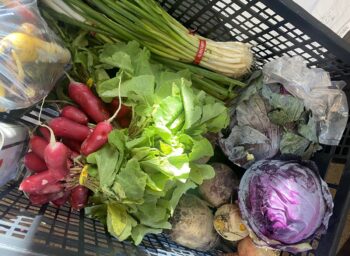
A Closer Look at How Food Hubs Build Capacity for Local Food Systems
In this follow-up to last week’s post, we share the stories of three food hubs that demonstrate just how critical this model can be for matching supply with demand.
